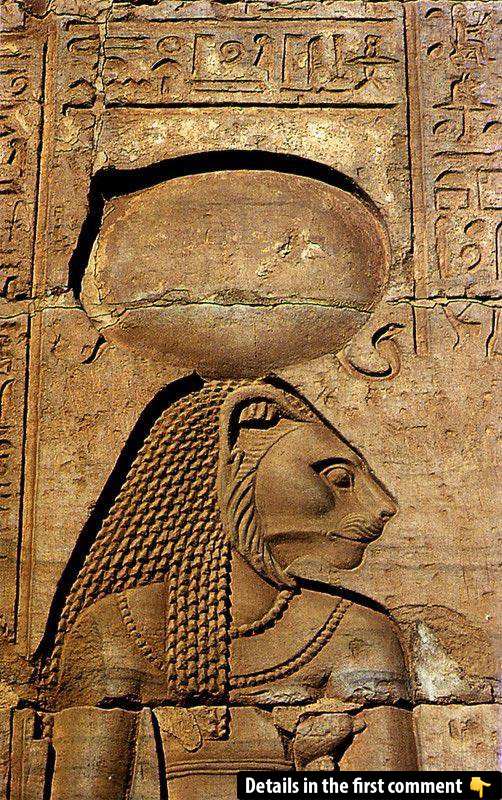Sekhmet, the lioness-headed goddess of Ancient Egypt, stands as one of the most powerful and captivating deities in Egyptian mythology. She embodies a unique duality—fierce protector and vengeful destroyer, yet also a healer of profound power. Revered across centuries, Sekhmet’s mythos continues to intrigue and inspire, with her complexities offering a glimpse into the values, fears, and beliefs of ancient Egyptian society. This article explores the rich symbolism of Sekhmet, her evolution over time, her central role in Egyptian religion, and her legacy that resonates to this day.
The Myth of Sekhmet: Fury and Transformation
The myth of Sekhmet begins with a tale of divine wrath. According to ancient Egyptian texts, Sekhmet was born from the fiery breath of the sun god Ra, making her a goddess of both immense power and destruction. In one of the most famous myths, Ra sent Sekhmet to punish humanity for its disobedience. Her rage was uncontrollable, and she slaughtered all those who stood before her.
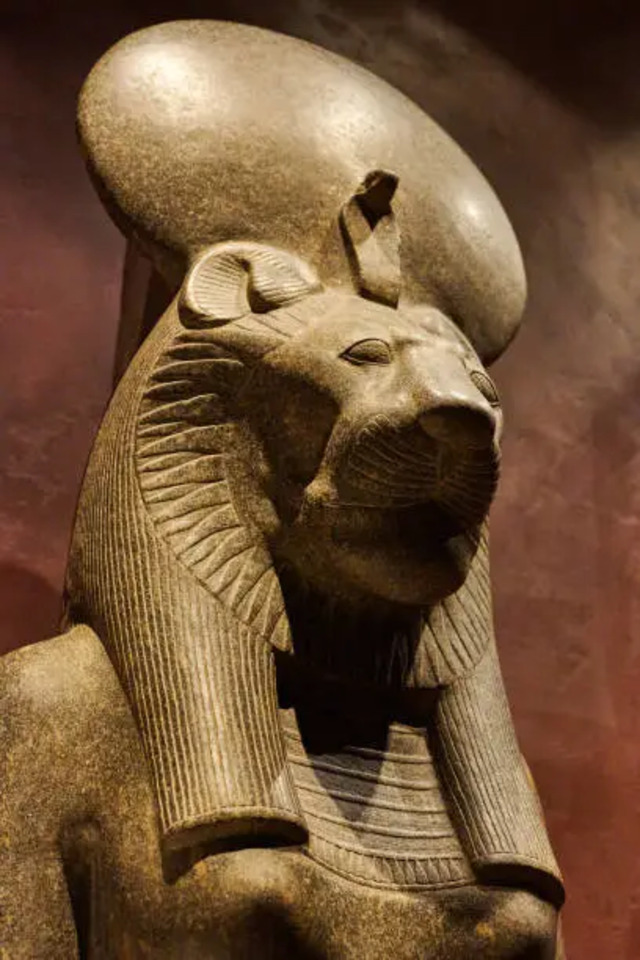
To quell the goddess’s fury, Ra devised a cunning plan—he had rivers of red beer poured across the land, which resembled blood. Sekhmet, believing it to be the blood of her enemies, drank deeply, quenching her thirst for violence. As the powerful brew took hold, her bloodlust dulled, and she fell into a deep slumber. Upon awakening, Sekhmet’s wrath had subsided, and she transformed into a benevolent healer, her once fierce eyes softened with compassion.
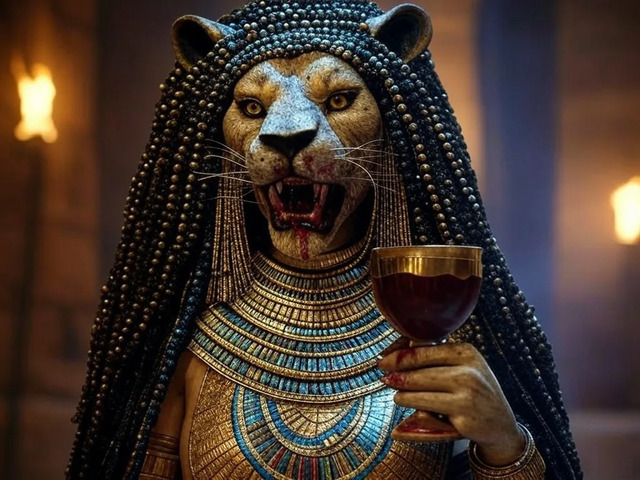
This transformation from destroyer to healer illustrates Sekhmet’s complexity. She was not merely a goddess of destruction; she also had the power to restore balance and heal. The story of Sekhmet is a profound reflection of the Egyptian worldview, where balance was key to maintaining cosmic order (Ma’at). In her, destruction and healing were two sides of the same coin, each necessary for the preservation of life and the universe.
Video
Watch the video to discover the story of Sekhmet, the deadliest and most bloodthirsty goddess in all of mythology! Don’t miss this fascinating look into ancient Egyptian lore.
Sekhmet’s Origins and Evolution
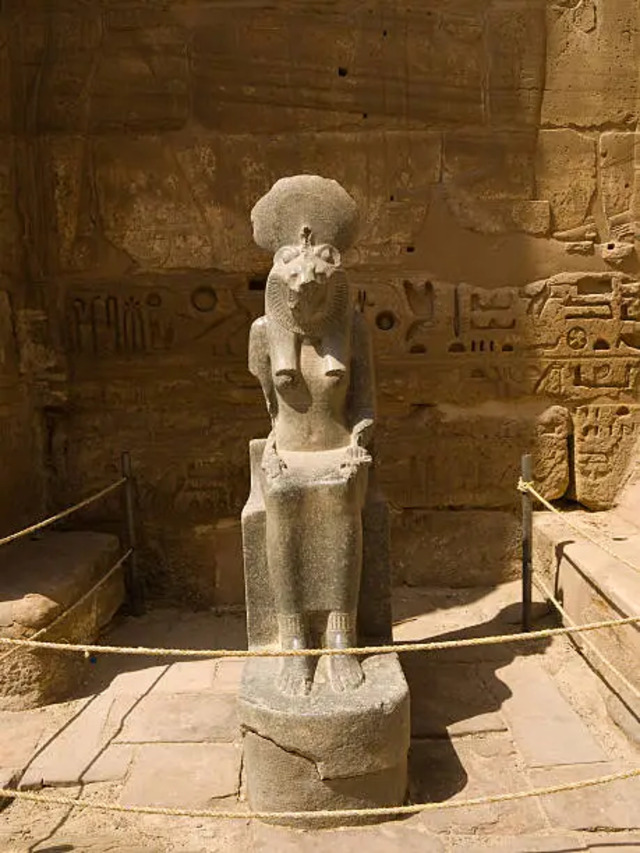
Sekhmet’s earliest depictions appear during the Old Kingdom, but her prominence truly flourished during the New Kingdom, around the 18th Dynasty. The goddess’s power was particularly celebrated during the reign of Amenhotep III, who commissioned numerous statues in her honor. These statues, often placed in temples and tombs, represented Sekhmet as both a warrior goddess and a bringer of healing. She stood as a protector of the pharaohs, warding off chaos and destruction, and ensuring their victory in battle.
Interestingly, Sekhmet may have evolved from an earlier goddess named Shesmetet, who shared many similar attributes. Shesmetet was also a lioness-headed deity associated with war and hunting. As the religious landscape of Egypt evolved, Sekhmet absorbed many of Shesmetet’s traits, expanding her role to encompass both destruction and healing. This shift reflects the changing nature of Egyptian kingship, where rulers not only needed to destroy their enemies but also to restore balance and prosperity.
Sekhmet’s Symbolism and Representation

Sekhmet’s lioness form is one of the most iconic symbols in Egyptian art. The lion, a powerful and majestic animal, was associated with strength, authority, and the protection of the pharaoh. Sekhmet’s lioness head symbolized her primal strength and fierce nature. Her image was used in various contexts, from funerary art to temple reliefs, where she was depicted as a protector and enforcer of Ma’at (divine justice).
The duality of Sekhmet is also represented in her role as both a force of destruction and a bringer of healing. She was central to the Egyptian belief in the cyclical nature of life and death. Sekhmet’s power to destroy and her ability to heal reflected the balance between these forces, which were essential for maintaining cosmic order. She was a reminder that both creation and destruction were natural aspects of existence, and that harmony could only be achieved through the proper balance of both.
The Worship of Sekhmet: Rituals and Temples
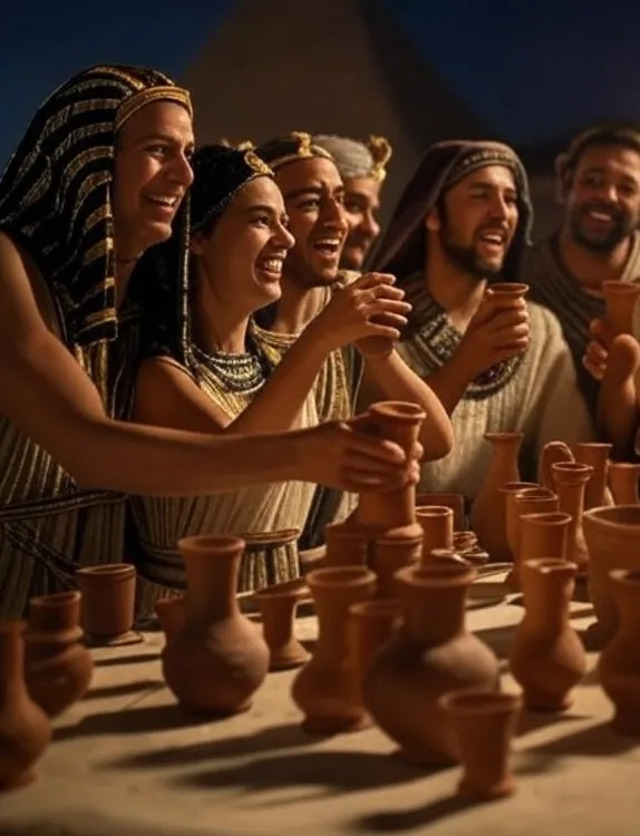
Sekhmet’s worship was widespread throughout Egypt, especially during the New Kingdom. Temples dedicated to Sekhmet were built across the country, and priests performed daily rituals to honor her. These rituals were designed to appease her fiery nature, as well as to invoke her protection and healing. Offerings of food, beer, wine, and incense were laid before her statues, accompanied by hymns and chants. The priests also performed sacred acts, such as the purification of the temple, to maintain Ma’at.
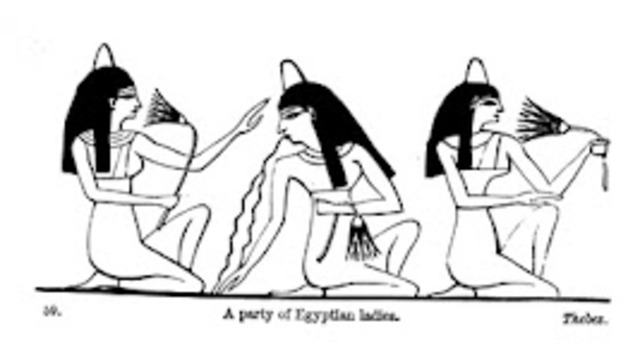
One of the most important festivals devoted to Sekhmet was the “Feast of Drunkenness.” This festival celebrated the myth in which Sekhmet’s wrath was subdued by the red beer. During this event, the Egyptian people would drink vast quantities of beer and wine, dance, and engage in performances that symbolized the taming of Sekhmet’s fury.
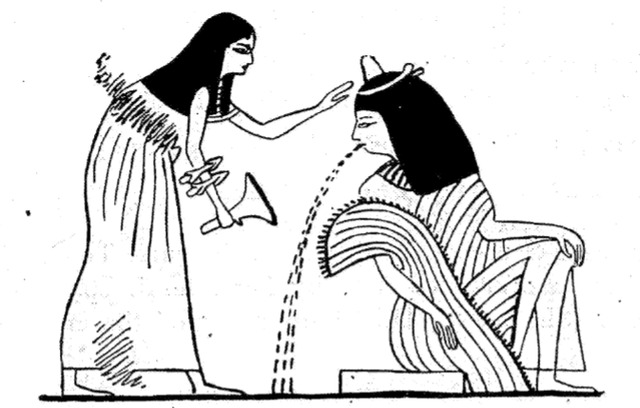
While the festival had elements of revelry, its primary purpose was religious. It was a way for the people to celebrate the goddess’s dual nature and to honor both her destructive and healing aspects. The Feast of Drunkenness was a form of collective catharsis, allowing the Egyptians to release tensions and celebrate the balance between order and chaos.
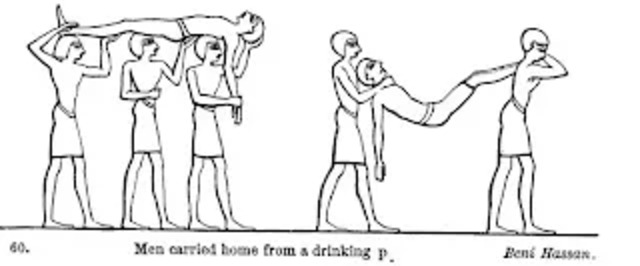
Sekhmet’s Influence in the Egyptian Religious Landscape
Sekhmet’s importance in Egyptian mythology was matched by her influence in the religious practices of the time. She was often depicted as the consort of Ptah, the creator god, symbolizing the balance between creation and destruction. Together, Ptah and Sekhmet represented the divine partnership that maintained the stability of the universe.
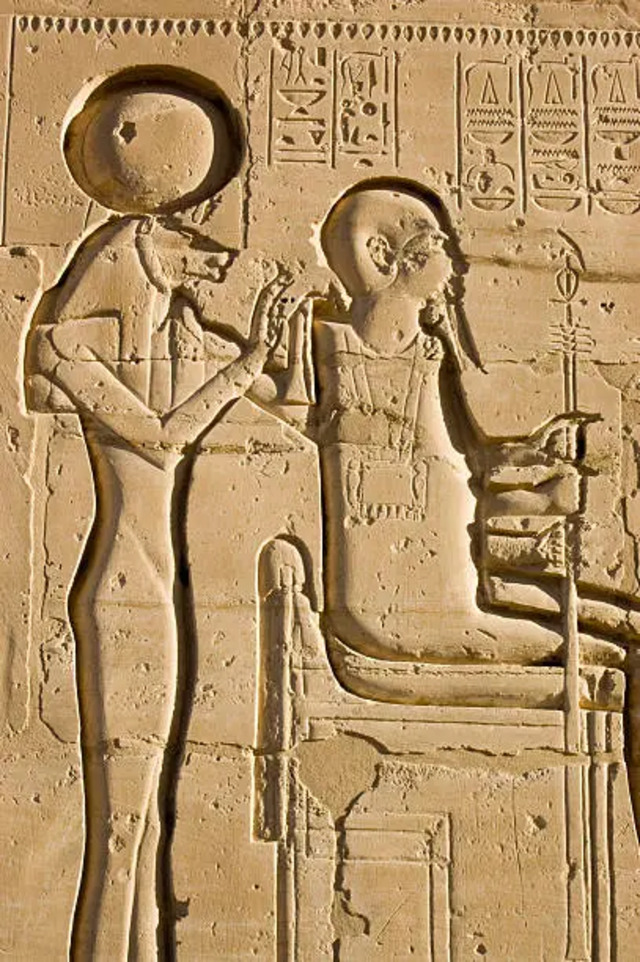
Sekhmet’s role as a fierce protector of the pharaohs and the embodiment of Ma’at made her central to the concept of divine kingship. The pharaoh, as the earthly representative of the gods, relied on Sekhmet’s protection in battle and her ability to restore order in times of chaos. This connection between Sekhmet and the pharaoh was reflected in the many statues and reliefs that depicted her standing guard over the king, ensuring his victory and the preservation of cosmic order.
Decline of Sekhmet’s Worship and Legacy
As Egypt entered the Roman period and later became Christianized, the worship of Sekhmet gradually waned. By the 4th and 5th centuries A.D., many of Egypt’s ancient temples were abandoned or repurposed, and the once-vibrant cult of Sekhmet faded into obscurity. However, traces of her worship continued in more localized areas, as the goddess remained a symbol of strength and protection in the hearts of the Egyptian people.
Sekhmet’s legacy, however, endures. Today, she is remembered as a powerful force of both destruction and healing. Her image continues to inspire, and her story of balance between wrath and mercy remains a poignant reflection of the ancient Egyptian worldview.
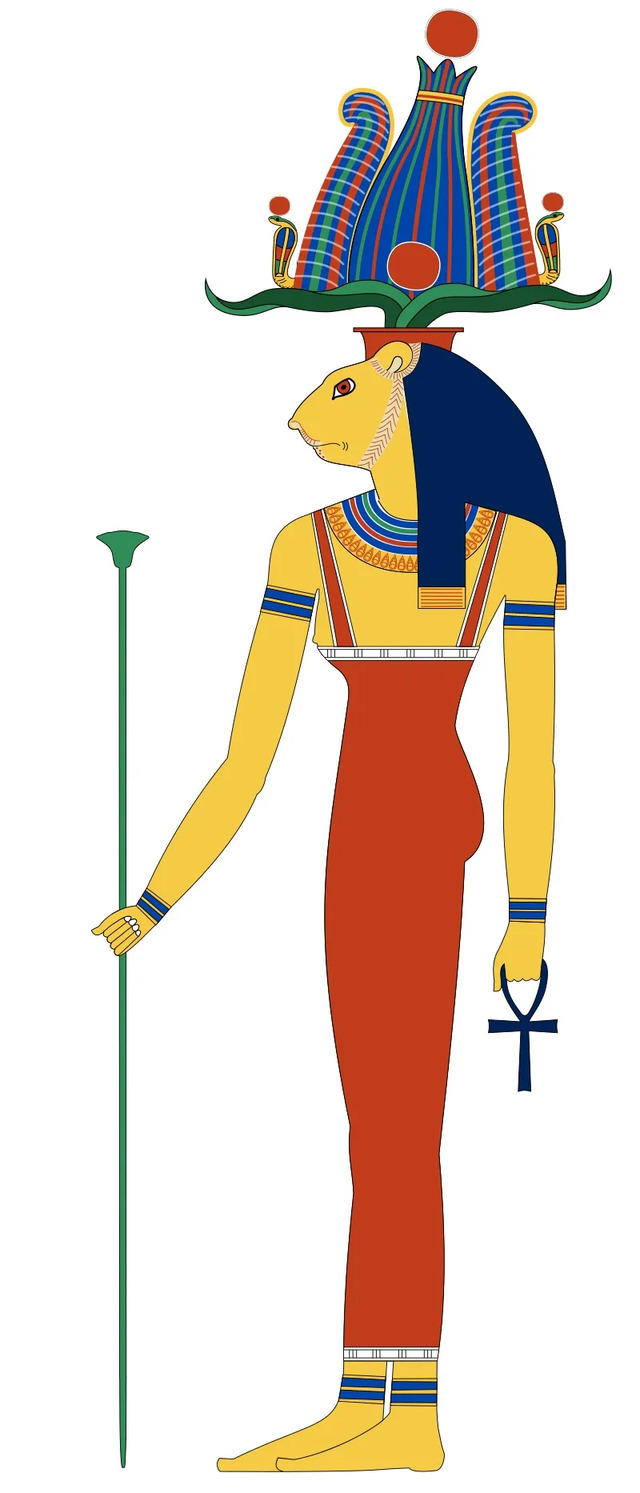
Video
Watch the video to explore the myths of Sekhmet and the Eye of Ra! Don’t miss this deep dive into ancient Egyptian mythology and its powerful deities.
Conclusion: Sekhmet’s Enduring Legacy
Sekhmet stands as one of the most powerful and complex deities in ancient Egyptian mythology. She embodies the delicate balance between creation and destruction, healing and wrath. Her dual nature made her a protector of the pharaohs, a goddess of war, and a healer in times of crisis. Sekhmet’s worship, rituals, and festivals speak to the Egyptians’ deep understanding of the need for balance in all aspects of life. As a symbol of divine justice and cosmic order, Sekhmet’s legacy lives on, reminding us of the ancient belief in the power of both destruction and healing to maintain harmony in the world.
